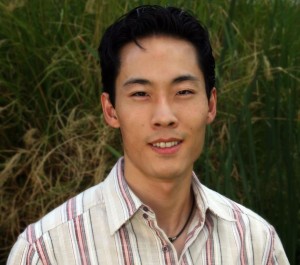 On Thursday June 27th, your very own UR SPIE student chapter will be kicking off its annual Summer Colloquium series.
On Thursday June 27th, your very own UR SPIE student chapter will be kicking off its annual Summer Colloquium series.Who: Joseph Choi
What: Limitations of a superchiral field
Date: 6/27/2013
Time: 11:30am – 12:30pm
Where: Sloan Auditorium (Goergen 101)
BONUS!!!! In honor of the this being the first SPIE Summer colloquium of the year, pizza will be provided in addition to other snacks and refreshments!
Abstract: Recently, Tang and Cohen [ Y. Tang and A. E. Cohen Science 332 333 (2011)] proposed and demonstrated the use of “superchiral” electromagnetic fields to enhance optical enantioselectivity. Their work generated much excitement as enantioselective signals are typically quite small, and it appeared that the enhancement factor could be extremely large. In this paper we explicitly show the limitations of such fields by including the magnetic susceptibility term. This term is small and is ignored in most cases compared to the electric polarizability term. However, for the fields used, the enhancement was obtained at the electric field energy node. Due to conservation of field energy, the magnetic field energy is then maximum, and the magnetic susceptibility contribution can no longer be ignored. This then is what limits the enhancement of the optical enantioselectivity. For a counterpropagating left- and right-circularly polarized light field, as used in the aforementioned experiment, we show that this fundamentally limits the enhancement to one or two orders of magnitude in general, determined by the ratio of the magnetic susceptibility to the electric polarizability of the material used. We also generalize the dissymmetry factor to include optical rotation effects present in chiral media, as opposed to fields being in vacuum. In the process, we generalize Lipkin’s “Z000 zilch” (or “optical chirality”) to that for a linear medium. This generalization shows that chirality of the material cannot be completely separated from chirality of the field and that opposite enantiomers are symmetric in terms of the dissymmetry factor enhancement. Finally, an analogy between ellipsometric chiroptical signal enhancement and enhanced optical enantioselectivity using a standing wave chiral field is discussed. Our analysis and generalization can be used as a guide for future searches of locally enhanced chiral fields.
